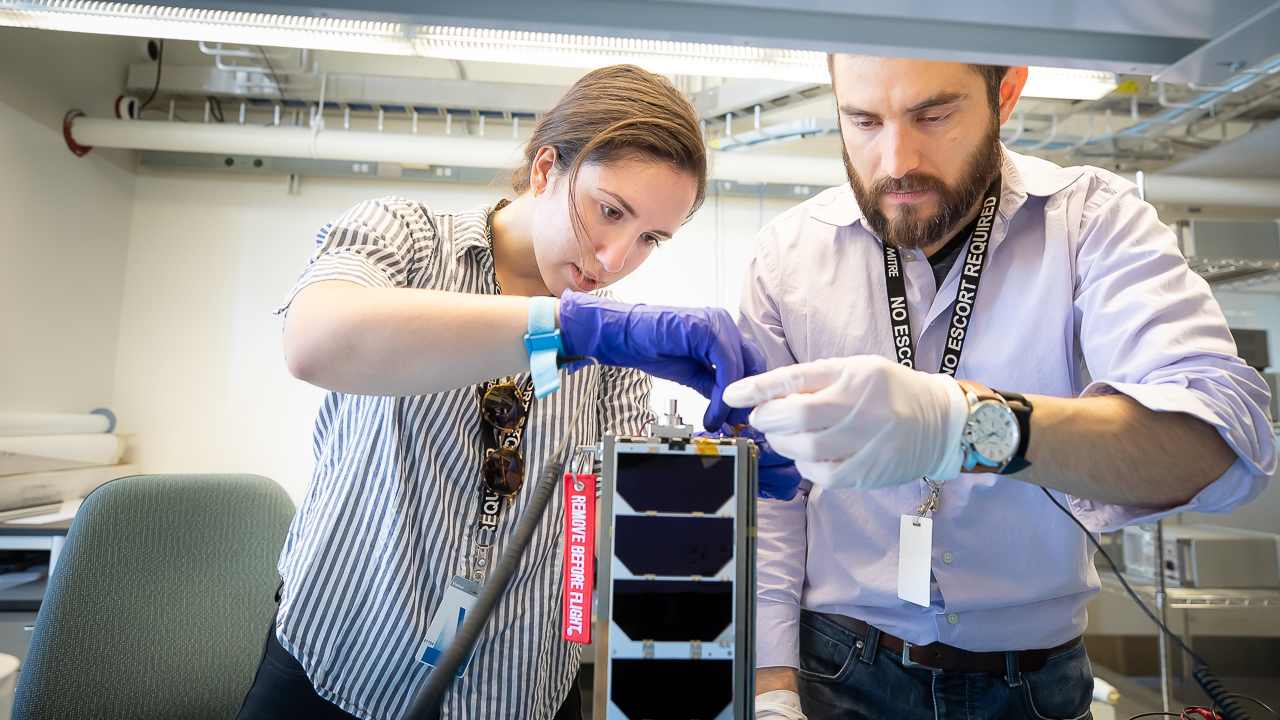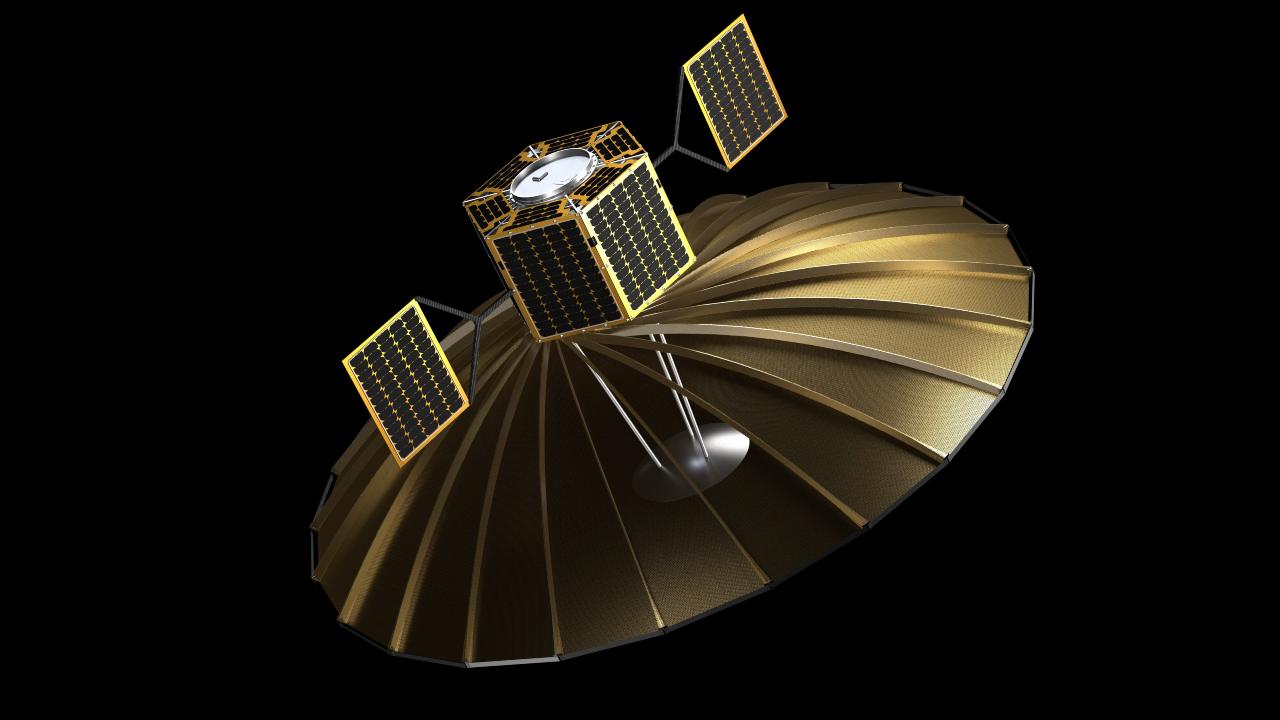ISRO's PSLV-C47;C48 & C49 Launch Vehicles To Carry CARTOSAT-3 Along With Other 14 Foreign Satellites In Nov-Dec 2019

CartoSAT-3 is the third satellite in a series of indigenously built Earth observation satellites
The Indian Space Research Organisation has a string of satellite rideshare missions lined up before the year's end, with three Polar Satellite Launch Vehicle launches (PSLV-C47, PSLV-C48 and PSLV-C49) slated for November and December 2019.
A total of 14 small satellites will be launched across the three missions for four of ISRO's international customers, according to Spaceflight, a major US satellite rideshare-coordinator for agencies seeking to put their spacecraft into Earth's orbit. The satellites along for the ride will be carried on the PSLV rideshare as co-passengers to a primary satellite. In the case of the PSLV-C47 mission, that satellite is the CartoSAT-3.
Ridesharing customers with satellites on the mission include the Boston-based satellite communications company Analytical Space, American data and analytics company Spire Global, Cambodian small SAR-satellite manufacturers iQPS, and Luxembourg-based Kleos Space, Spaceflight announced on Monday night.
CartoSAT-3 is the third in a series of indigenous Earth observation satellites built by ISRO. With its highly-advanced remote sensing capability, CartoSAT-3 is a leap of advancement over its predecessor CartoSAT-2, with a wider spatial range (of view) and finer resolution (of up to 0.25 metres or 25 centimetres).
CartoSAT-3 is undoubtedly one of the most advanced imaging satellites ever built by ISRO, with the capability to produce some of the most high-resolution aerial imagery in the world — certainly the highest of any ISRO satellites. It will also image across multiple spectra — panchromatic (captures all visible colours of light), multi-spectral (captures light within specific ranges in the electromagnetic spectrum) and hyper-spectral (captures light from across the electromagnetic spectrum) earth observation mission.

A multi-spectral image captured by Cartosat-2 of Bhidaurya, UP on 27 June 2017, a few months into becoming an operation satellite. There have been 8 Cartosats that have been launched till date
CartoSAT-3 is pegged for launch in late November this year, delayed from its original timeline of May 2019 for launch, based on earlier reports.
Analytical Space Inc's Meshbed
Analytical Space Inc's (ASI) satellite on the PSLV-C47 is a technical demonstration. With its 'Meshbed' satellite, ASI intends to test a space technology that will allow its users (on Earth) to gain faster access to data from satellites.
The spacecraft features a patented, inexpensive antenna design from MITRE that could help enable faster access to space-based data. It can be used for a variety of applications including integrated communications and navigation as well as in government missions that need tactical communications, intelligence, surveillance or remote reconnaissance.

Satellite engineers Weston Marlow and Sera Evcimen assemble Meshbed at ASI's space at the Engine, MIT's home for tough tech startups
Kleos Space's Scouting Mission
The Luxembourg-based space company Kleos will also be launching the latest in a multi-satellite constellation mission — the Scouting Mission — to expand on its intelligence and high-resolution remote sensing/imaging capabilities for clients. Kleos built and launched the first four satellites in the series, and successfully tested its technology in August this year.
The Scouting mission, when complete, aims to deliver a global picture of unregistered or hidden maritime activity, offering intelligence and surveillance capability to governments and commercial entities. It also features an Automatic Identification System (AIS), which rectifies some commonly-faced challenges with nano-satellite surveillance — for instance, unclear imagery, or targets being out of the satellite's patrolling range.
The first of these scouting missions comprised four nano-satellites built by GomSpace in Denmark — each the size of a shoebox. The PSLV-C47 mission will feature four of Kleos's Scouting satellites.
Japan’s iQPS
The PSLV-C48 mission will feature a revolutionary satellite test technology by Japan, in the iQPS micro-satellite. The 100-kg synthetic aperture radar (SAR) micro-satellite aims to provide all-weather, 24/7 earth observation services for hire. These satellites offer remote surveillance and "near real-time" views of Earth from space.
The iQPS satellites are designed and built by the QPS Institute (iQPS) — precursors for a planned constellation of 36 satellites.

Japanese satellite venture iQPS plans to capture radar imagery of our entire planet every 10 minutes — a "real-time Google Maps" if you will
Japan iQPS
"By the end of 2019, we will have executed 11 launches on PSLVs and sent more than 100 satellites to orbit on this vehicle," Curt Blake, CEO and president of Spaceflight, said. "The PSLV continues to be a reliable launch partner for us."
PSLV operations appear to be going full-steam at ISRO, with customers lining up to queue their satellites in rideshare missions like the PSLV-C47/CartoSAT-3 mission. With Spaceflight, Antrix Corporation and NewSpace India bringing in customers aplenty, the space community is eagerly awaiting ISRO's first demonstrations of the Small Satellite Launch Vehicle (SSLV), which promises more frequent, and less expensive tickets for small satellites to space.
The PSLV launch missions have been planned from ISRO's launchpad at the Satish Dhawan Space Center in Sriharikota. More details about the PSLV rideshares and the SSLV tech demonstrations are still awaiting ISRO's official confirmation.



No comments:
Post a Comment